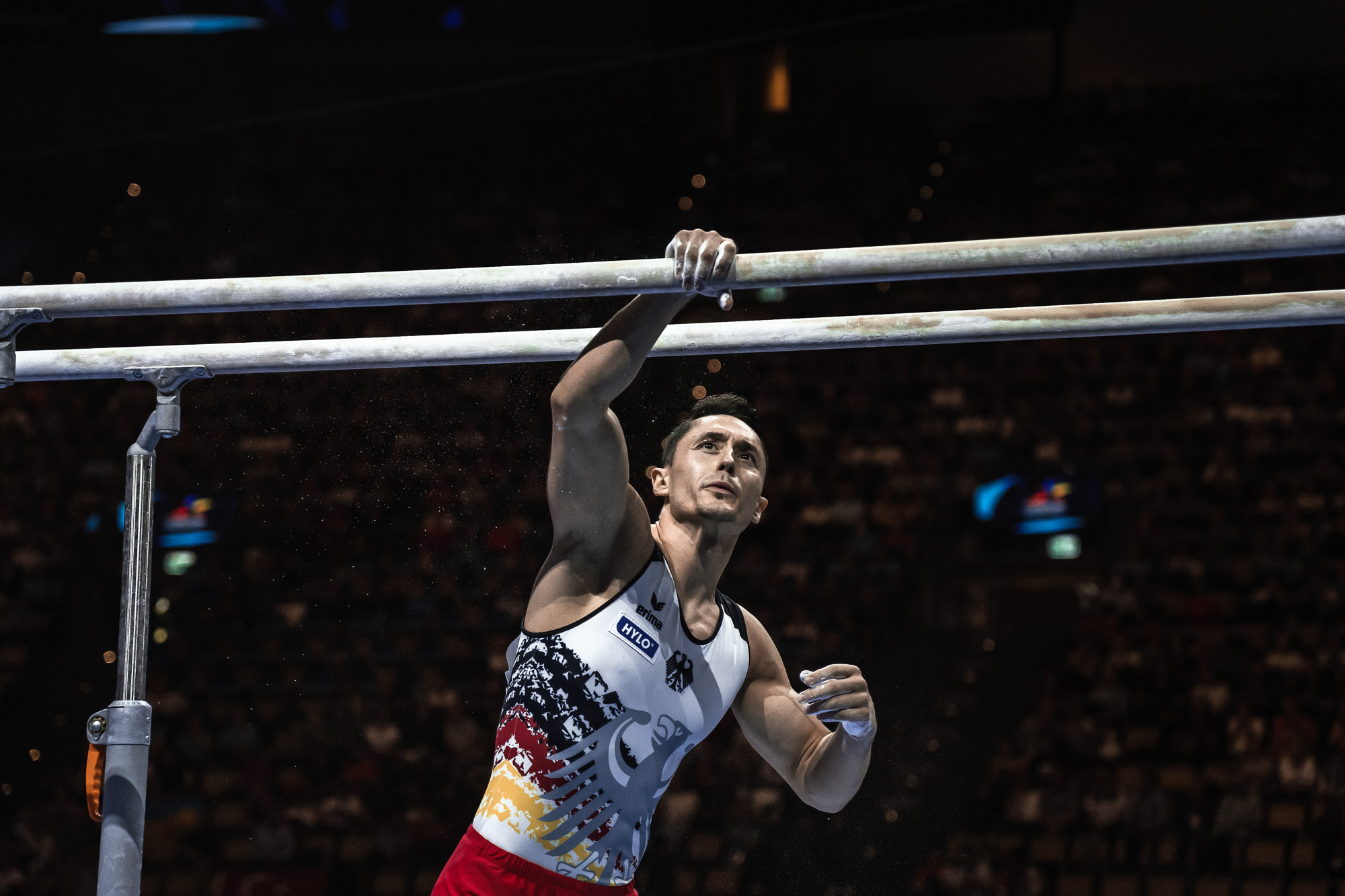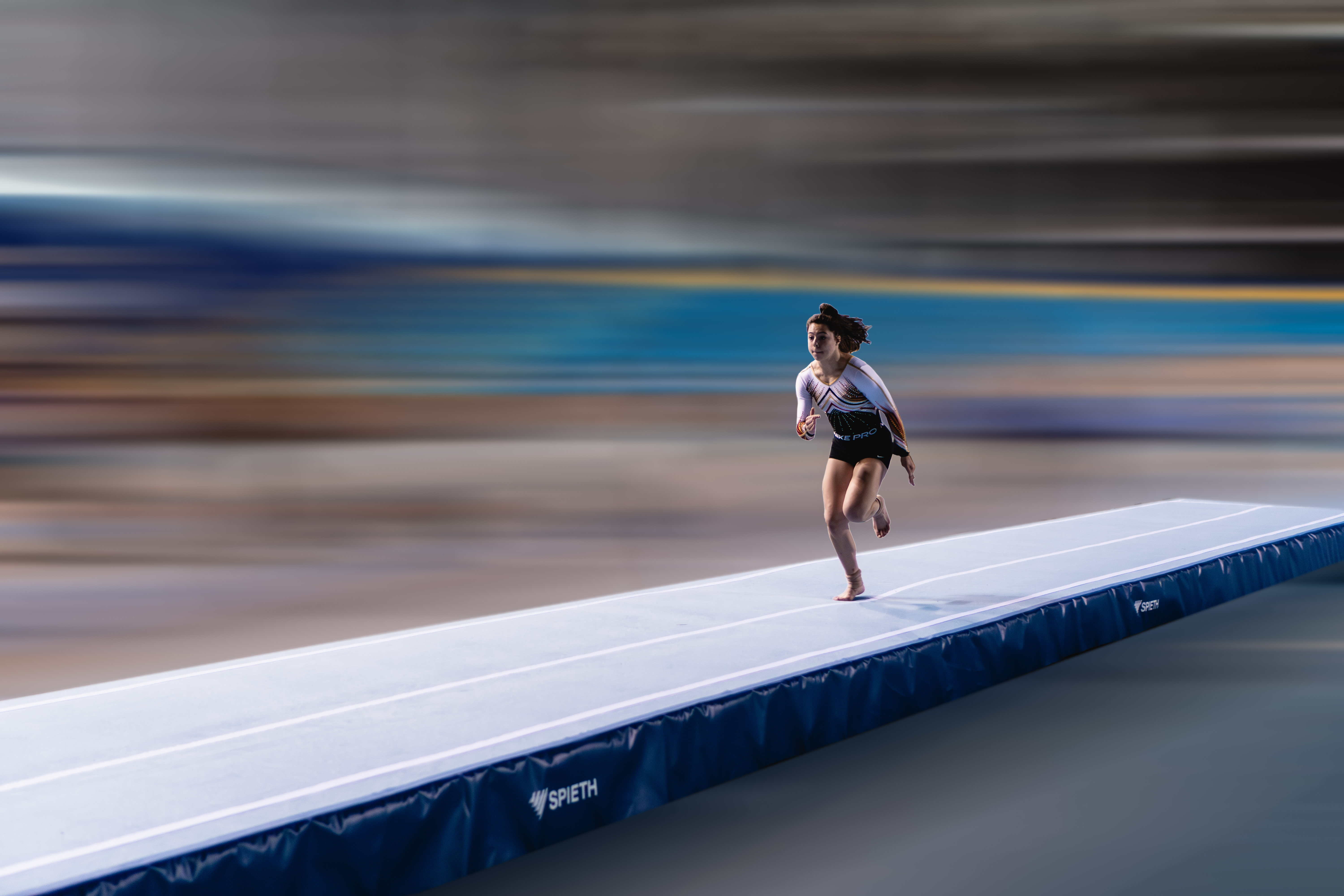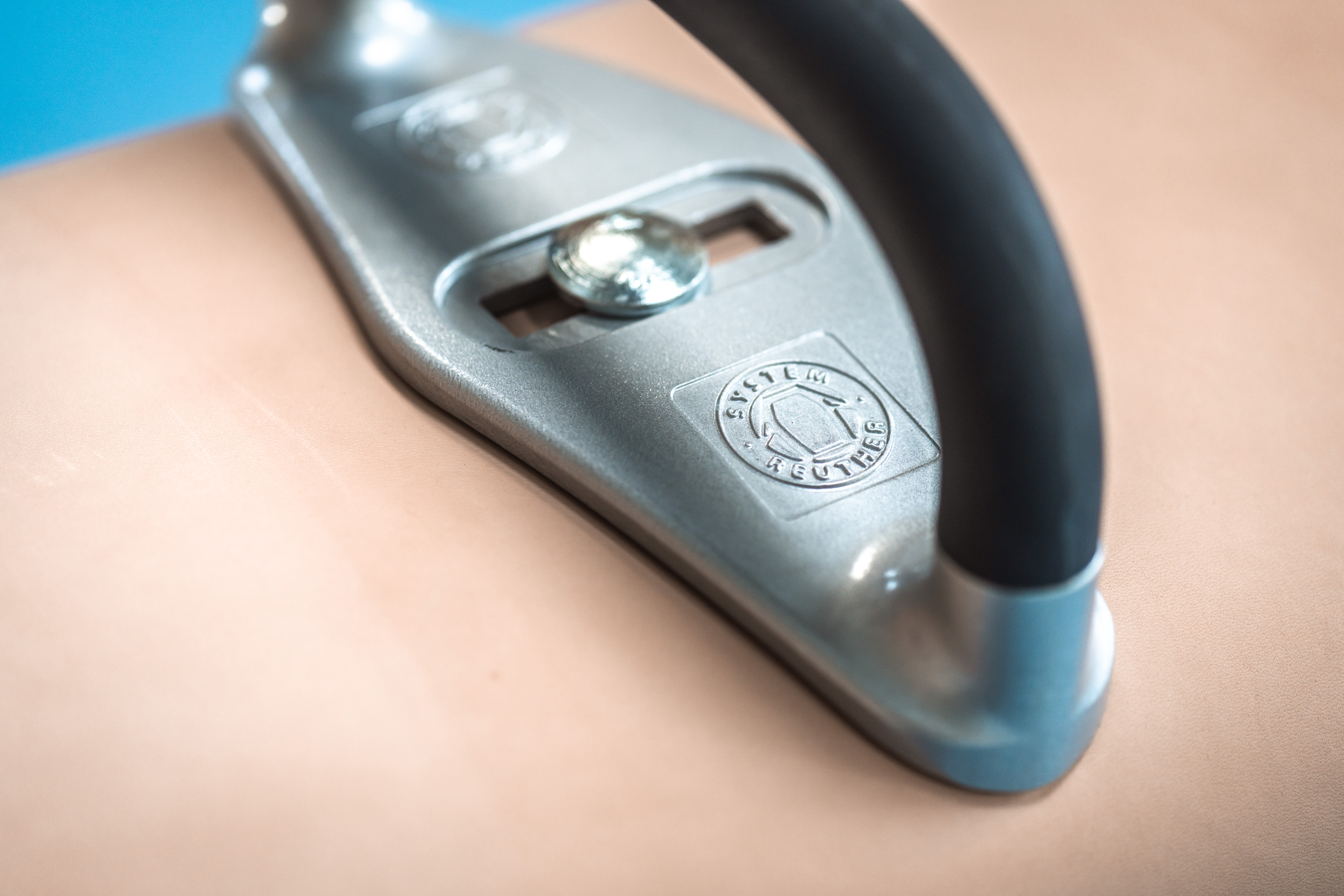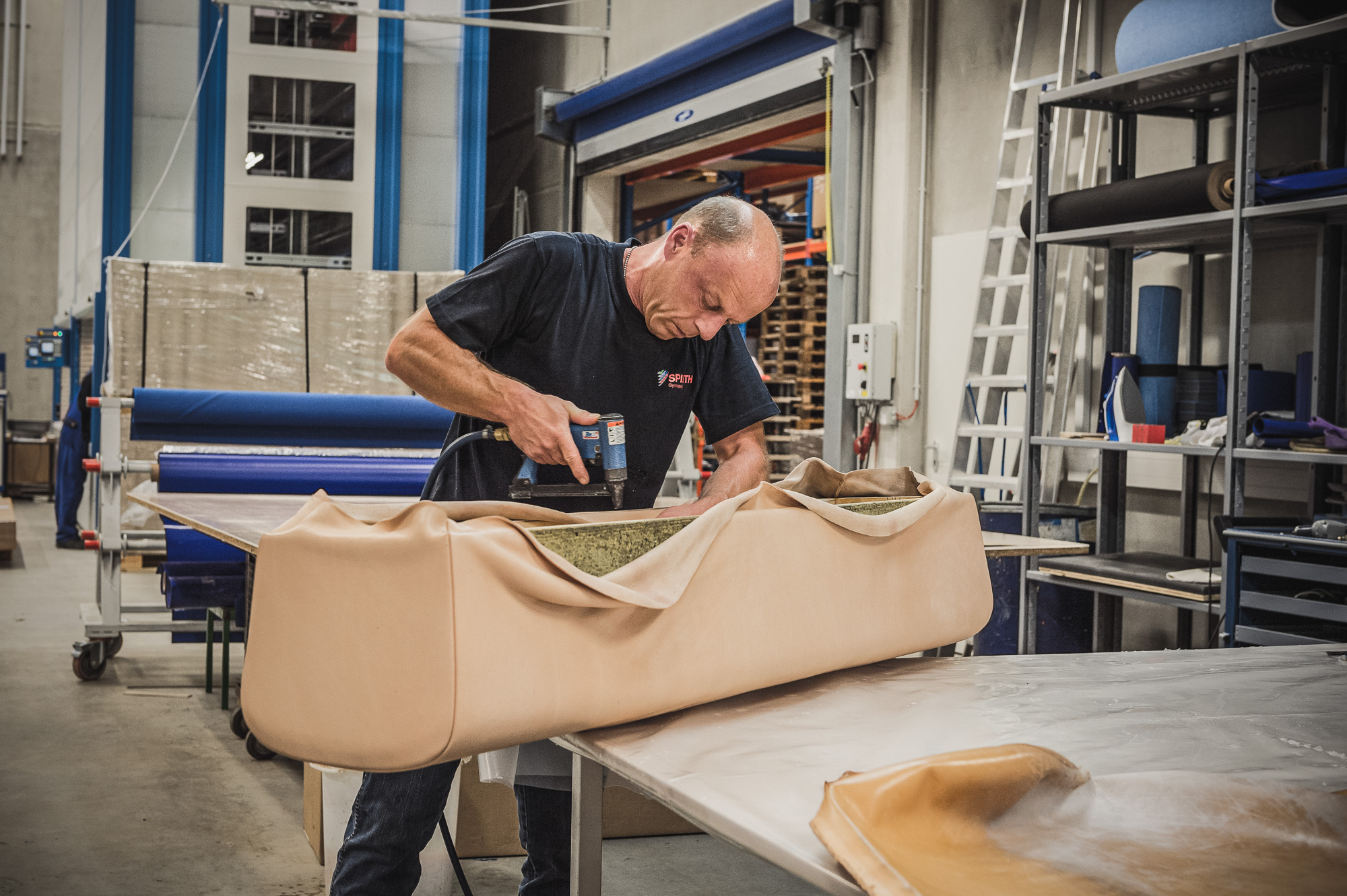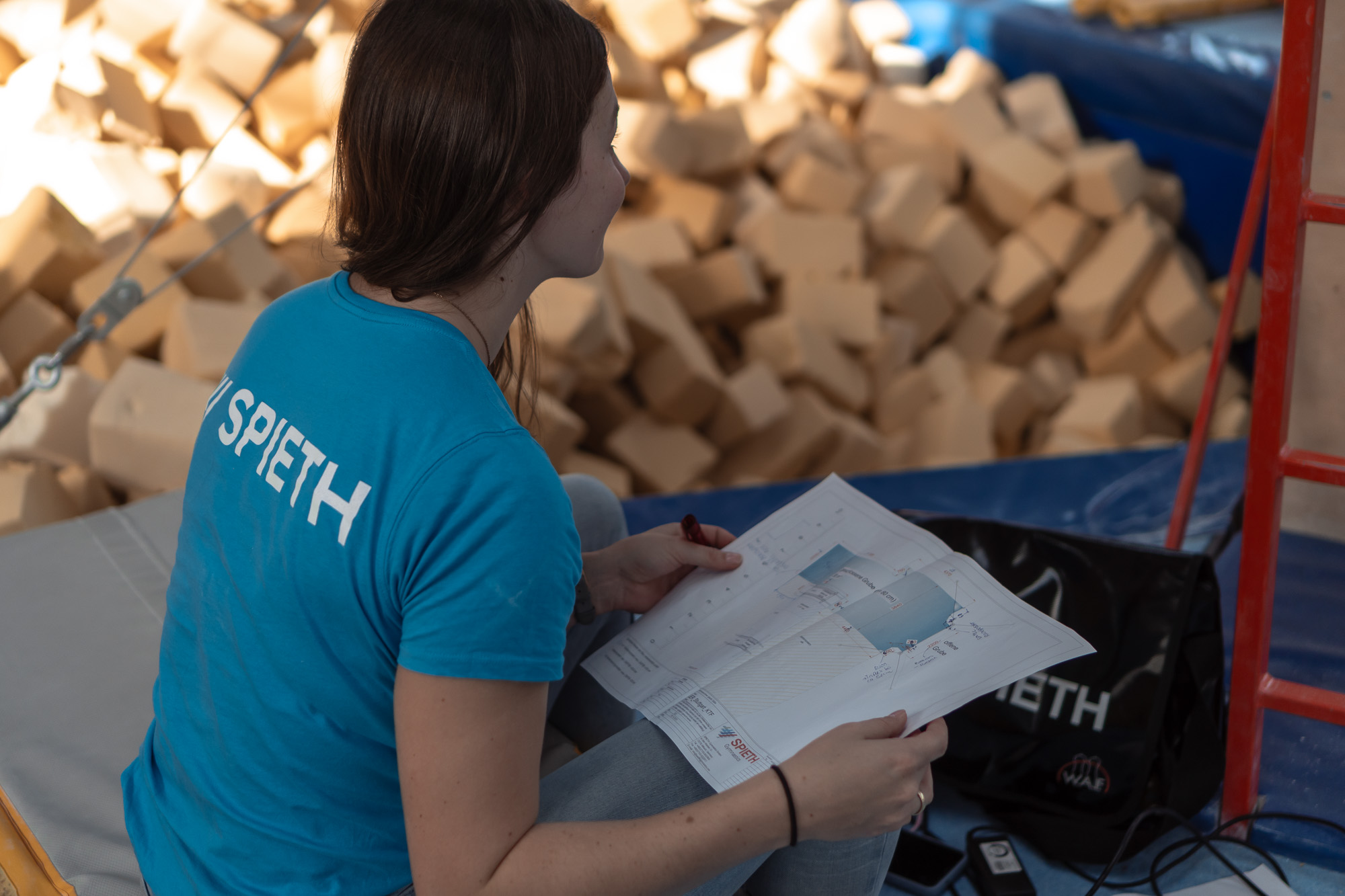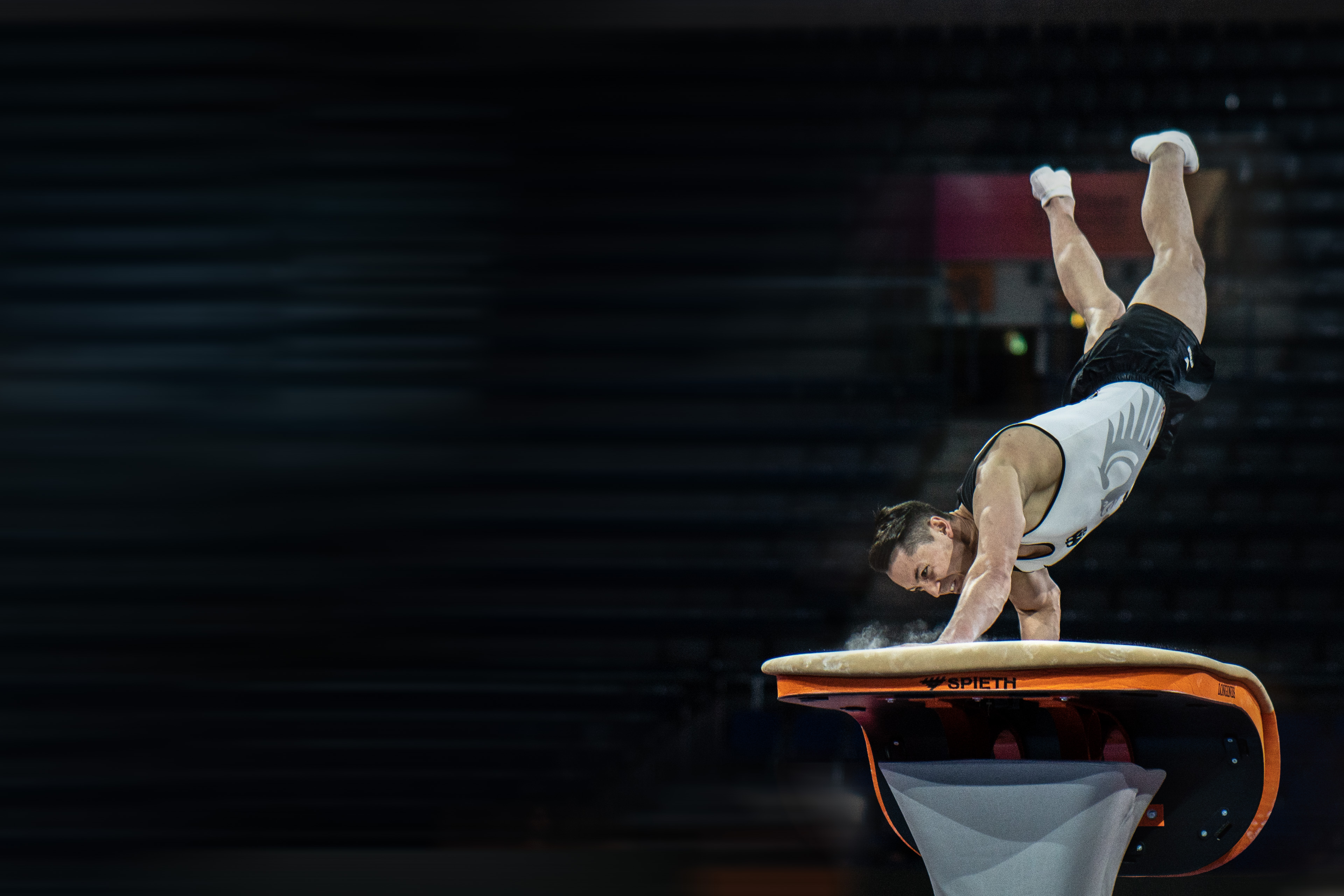Safety in Gymnastics!
SPIETH considers itself responsible for the safety of the athletes that use its equipment, with its standards far exceeding those demanded by the leading authority on gymnastics equipment (FIG). FIG has thus approved the use of SPIETH products for many international competitions.
A dynamic and driving force for gymnastics!
The potential for creative development and performance improvement in gymnastics depends directly on technical progress in the construction of equipment. SPIETH and REUTHER rank among the leading names driving the field forward, having invented initial tension in gymnastic equipment. A pre-tensioned design supports a gymnast's motion sequences, ensuring greater levels of safety.
These days, people across the globe do gymnastics on SPIETH apparatuses that were developed originally by REUTHER. Applications include competition equipment for international events and for schools and sports clubs. SPIETH’s products cover artistic and rhythmic gymnastics, acrobatics, tumbling and aerobics.
Experts associate the following essential quality criteria with SPIETH gymnastic equipment:
- Effort-saving thanks to motion-supporting construction concepts
- Safety through selection and use of the best materials
- Dynamics assured by coordinating all relevant parameters
- Premium standards thanks to continual monitoring of processes and materials
For many years, SPIETH has been a specialist in the equipment of training centres, supporting those involved with its experience, from planning up to realization.
If there are any questions, feel free to contact us – we will gladly assist you! We look forward to providing you with obligation-free advice!
Die SPIETH Produktpalette ist nicht nur in Schulen und Vereinen, sondern über alle Leistungsklassen hinweg bis zu den wichtigsten internationalen Meisterschaften zu finden. Das SPIETH Gymnastics Sortiment umfasst die Turngeräte fur Sportarten Kunstturnen, Rhythmische Sportgymnastik, Sportakrobatik, Aerobic, Tumbling, Judo und Just for Kids.
Und wie alles begann, sehen Sie hier! Es ist eine Geschichte voller Innovation und Tradition, welche den Fortschritt in der Welt des Turnsports vorantreibt.
- 2016: SPIETH ist Ausstatter der Olympischen Spiele im Turnen in Rio de Janeiro.
- 2013: Neubau der gesamten SPIETH Gymnastics GmbH und Umzug in das neue Gebäude in Altbach.
- 2010: Der Freestyle-Park in Laax wird von SPIETH ausgestattet – ein vollkommen unterschiedliches und großartiges Projekt neben der Projekte in den Turnsportarten.
- 2008: SPIETH ist Ausstatter der Olympischen Spiele in Rhythmischer Sportgymnastik in Peking.
- 2004: SPIETH ist Ausstatter der Olympischen Spiele in Rhythmischer Gymnastik in Athen.
- 1996: Der Firmenname ändert sich – aus Spieth Holztechnik GmbH wird SPIETH Gymnastic GmbH.
- 1994: SPIETH startet die Serie „Just for Kids“-Gymnastics, die Geräte wurden zunächst noch von dem damaligen Partner Spieth-Anderson in Kanada geliefert.
- 1992: SPIETH ist Ausrüster der Olympischen Spiele im Turnen in Barcelona.
- 1991: Die Farbe der Matten wurde von Gelb in das bis heute bekannte typische „SPIETHblau“ geändert.
- 1988: SPIETH ist Ausstatter der Olympischen Spiele im Turnen in Seoul.
- 1980: Die gesamte Gerätefertigung wird in die Zeppelinstraße in Oberesslingen verlagert.
- 1976: SPIETH ist Ausrüster der Olympischen Spiele im Turnen in Montreal.
- 1974: Die neuen rollbaren Bodenmatten und der neue Schwebebalken sind offiziell im Einsatz.
- 1972: SPIETH ist Ausstatter der Olympischen Spiele im Turnen in München und stellt bei dieser Gelegenheit gleich die neuen rollbaren Matten vor.
- 1968: SPIETH ist Ausrüster der Olympischen Spiele im Turnen in Mexico und exportiert Turngeräte bereits in mehr als 40 Länder.
- 1964: Der Firmenstandort wird von der Plochingerstraße in Oberesslingen in die Zeppelinstraße verlegt. Die Holzgeräte werden im Werk in Wernau gefertigt.
- 1956: Das neu entwickelte Holzsprungbrett kommt bei den Olympischen Spielen in Melbourne zum Einsatz.
- 1953: Rudolf Spieth und Richard Reuther beginnen mit der Herstellung von Turngeräten. Richard Reuther, ein Kunstturner aus Oppau,hat das erste Holzsprungbrett nach dem Prinzip der Vorspannung konstruiert.
- 1831: Firmengründung SPIETH in Esslingen – ursprünglich als Schreinerei
Profitieren Sie von diesem renommierten Umfeld in dem Sie SPIETH Geräte für Ihren Turngerätebedarf nutzen!
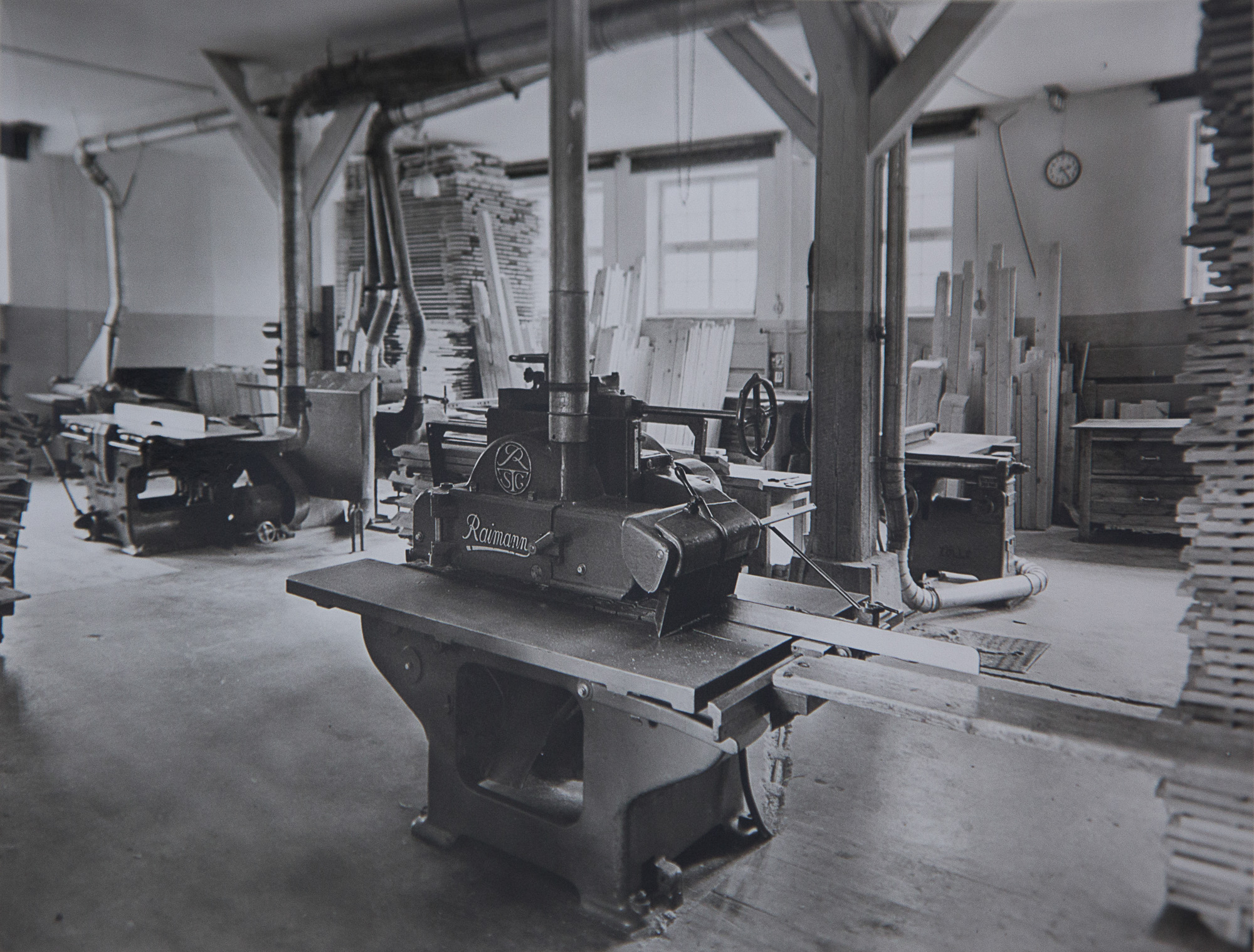
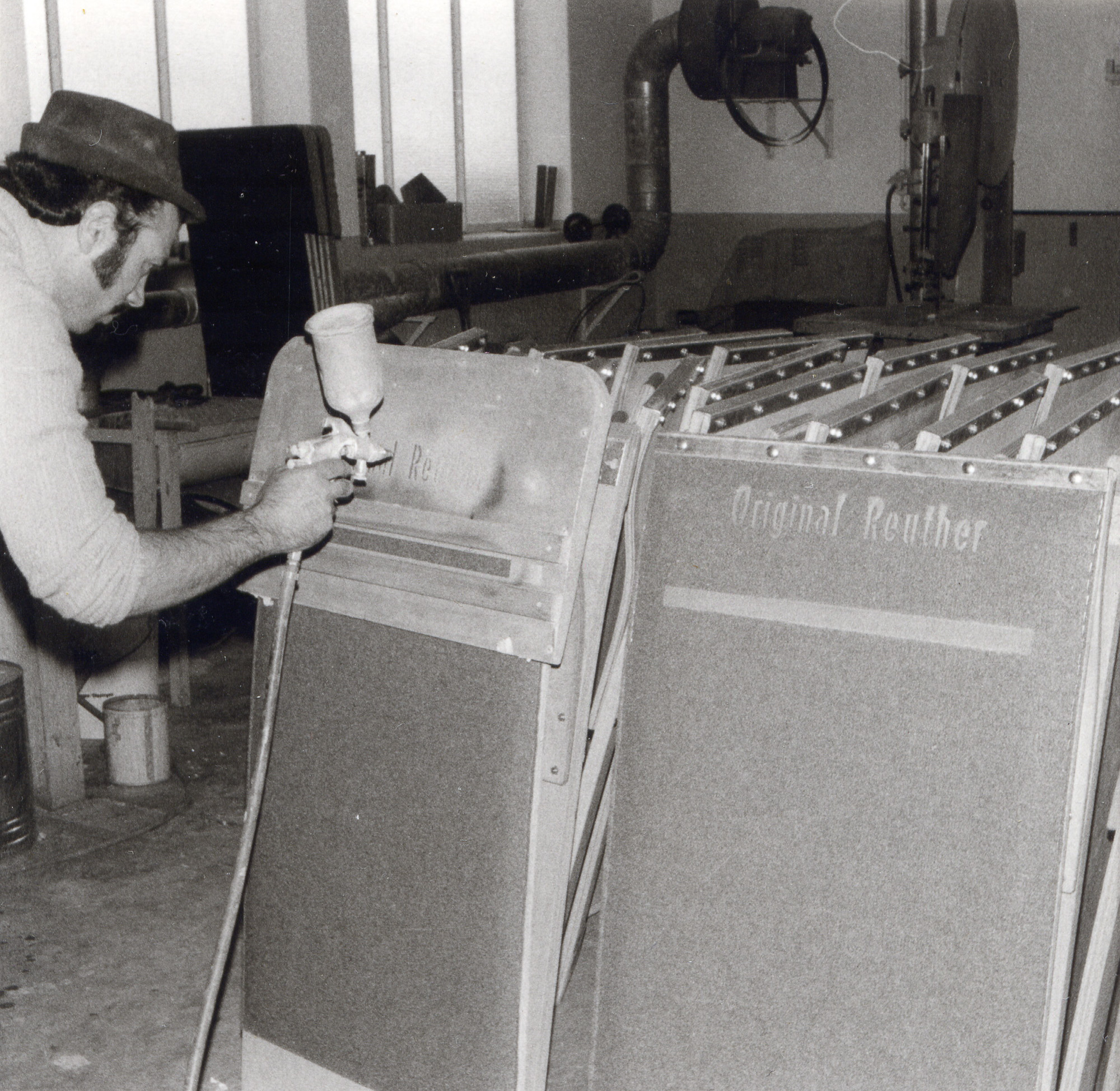
Invented by SPIETH
- 1953: Elastic springboards
- 1960: Double swing floor
- 1965: Tensioned uneven bars
- 1967: Rail for parallel bars with 3 fibreglass inserts
- 1974: Balance beam made of aluminium
- 1974: Double tensioning for horizontal bars / still rings
- 1975: Mats with sandwich construction
- 1983: Two-parts elastic vaulting horse
- 1988: Break-proof bars
- 1993: Elastic Rhythmic gymnastics floor
- 1994: „Just for Kids“-Gymnastics
- 2000: Vaulting table, as replacement of the vaulting horse
- 2007: Aerobic floor
- 2009: Freestanding Uneven Bars
- 2013: First Swing floor with steel springs
- 2013: „Just for Kids“-product series is expanded
- 2014: Vault "Ergojet Rio"

